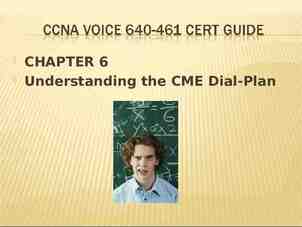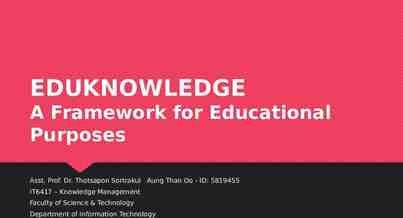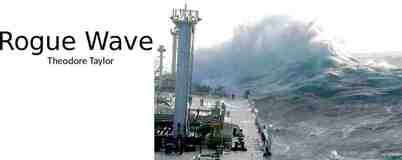Training and Development 2009
17 Slides634.50 KB
Training and Development 2009
Training and Development: Learning Objectives By the end of this module, students will: Understand the training process from needs assessment through evaluation. Demonstrate mastery by designing, conducting and evaluating a training project for an organization. 2 SHRM 2009
Unit 1: Introduction to Training and Development 2009 SHRM 2009 3
Unit 1 Learning Objectives By the end of Unit 1, students will: Have an overview of the training process and the structure of the class. Recognize environmental factors that have changed traditional training in organizations. Understand group process and group member roles. Become a member of a team and be assigned a team project. 4 SHRM 2009
What Is Training and Development? Training: An organization’s planned effort to facilitate employees’ learning of job-related competencies. Development: Formal education, job experiences, relationships and assessments of personality and abilities that help employees prepare for the future. Noe, R. A. (2008). Employee Training & Development, 4th ed., New York: McGraw-Hill Irwin. 5 SHRM 2009
Training and Development Process 1. Needs assessment and analysis. 2. Training program design. 3. Training program development. 4. Implementation and delivery of training. 5. Training evaluation. United States General Accounting Office. (2004). Human Capital: A Guide for Assessing Strategic Training and Development Efforts in the Federal Government. GAO-04-546G. 6 SHRM 2009
Group Development Forming. Storming. Norming. Performing. Adjourning. 7 SHRM 2009
Groups or Teams? What groups have you participated in? 8 SHRM 2009
Group or Team? How did it go? 9 SHRM 2009
Group Roles Task-oriented roles: Initiator. Information seeker and information giver. Coordinator. Maintenance roles: Encourager. Harmonizer. Compromiser. Individualistic roles: Aggressor, blocker, dominator. Recognition seeker. Withdrawing. 10 SHRM 2009
Unit 1/Class 2 TRAINING: “A method of enhancing human performance.” Silberman 11 SHRM 2009
What Gives Value to an Organization? Organization’s Value Financial Assets Physical Assets Intangible Assets – People! 12 SHRM 2009
Traditional Training Traditional training: Teach employees skills needed for current jobs. Low priority low budget. U.S. business training dollars: 1995: 51 billion (Bureau of Labor Statistics). 2006: 109 billion (American Society for Training and Development). 13 SHRM 2009
What’s Changed the Emphasis on Training? Globalization. Need for leadership. Increased value of human capital. Link to business strategy. 14 SHRM 2009
What’s Changed the Emphasis on Training? Attracting and retaining talent. Customer service and quality. Demographics and workforce diversity. New technology. Economic change. 15 SHRM 2009
Setting Up Your Teams! 16 SHRM 2009
Your Team Project What will you be doing? 1. Conduct a needs assessment and analysis. 2. Design a training program. 3. Develop a training program. 4. Recommend implementation and delivery of training. 5. Evaluate the training. 17 SHRM 2009






















